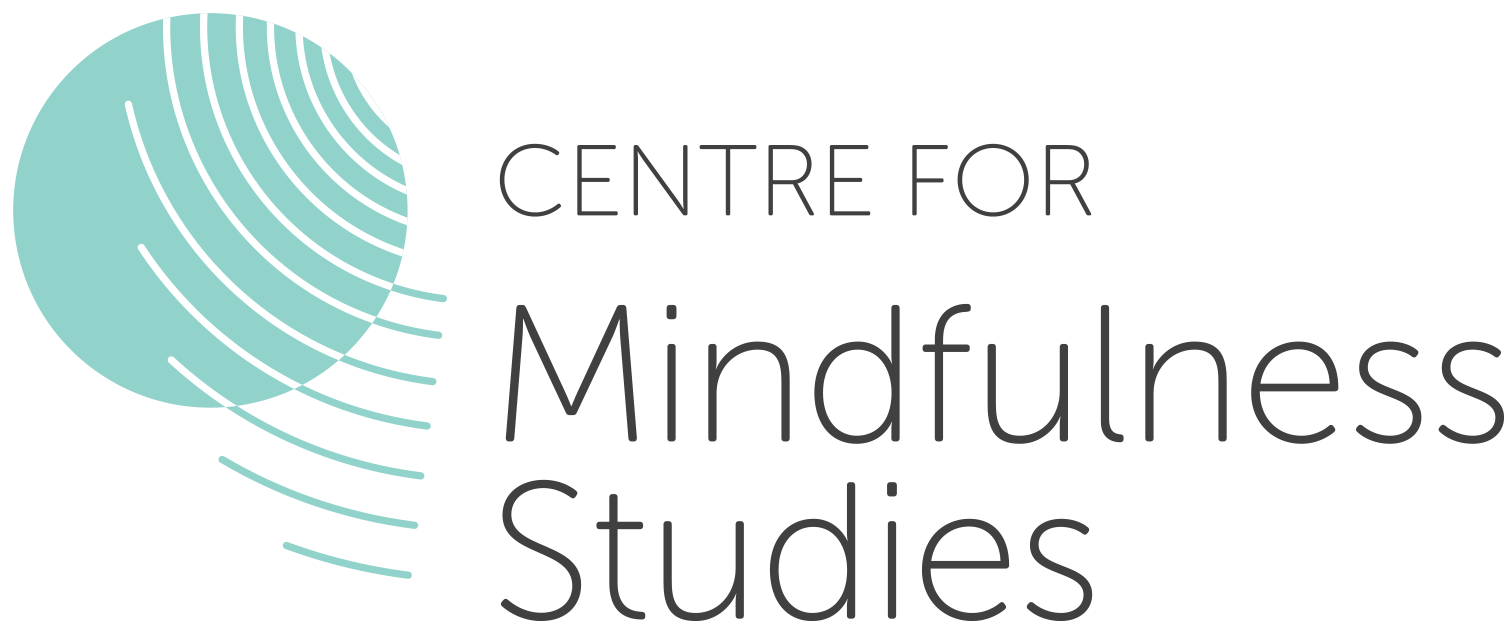Here’s a secret. Sometimes when I meditate I nod off. Not the nodding off where you land on your face and are smacked into an abrupt wakefulness. Rather, it’s the kind of sleepiness where there is that pleasant drift, drop, and jolt as the body slowly moves forward toward ground only to be jerked back into the present before the fall. Sometimes, when practising in a group, I open my eyes and see others doing the same dance. It can happen to anyone, from the novice to the seasoned teacher. I’ve seen it. Now, you may be wondering what I’m doing with my eyes open, watching others, instead of meditating? I’m letting my mind wander, of course, or perhaps looking around out of boredom. Other times it’s because there is simply too much restlessness or agitation swirling around body and mind, and opening the eyes can be an act of avoidance—or when the thoughts and feelings are just too much, an act of self-care.
Staying awake, both literally and figuratively is difficult. This is the practice whether formal or informal. It demands that we return over and over again to where we are right now, whatever that is. Sati is the Pali word for mindfulness, and it means to remember. So we have to practise not falling asleep on the cushion, bringing our attention back to a focus on the body or opening awareness in receptive practices to catch whatever is showing up, the shopping list or the ruminative thoughts about the fight we just had with a friend, before they take us over.
Staying awake is an intention. We will necessarily fail because the mind naturally wanders off but supports, reminders and community can help. For formal meditation having your own space and a schedule are useful for developing mindful habits. In this era of technology there are a number of great apps to help kick start a practice or keep you on the path. One of these is Insight Timer. It allows you to set meditation periods, reminders and choose the timing of the bells. In addition, if you feel the need for a virtual community, Insight Connect can put you in touch with groups or others who are meditating around the world. Alternatively, you can check out the 10 best apps from The Independent. You can also meditate via telephone with Vipassana New World. And there’s always old school, face-to-face meetings by finding a meditation buddy, looking for or creating a community or workplace meditation group. Lastly, as I often remind my self and others, in the words of Larry Rosenberg (2004), whether on or off the cushion:
When possible, do just one thing at a time.
Pay attention to what you are doing
When the mind wanders from what you are doing, bring it back.
Repeat Step #3 several billion times
Investigate your distractions


